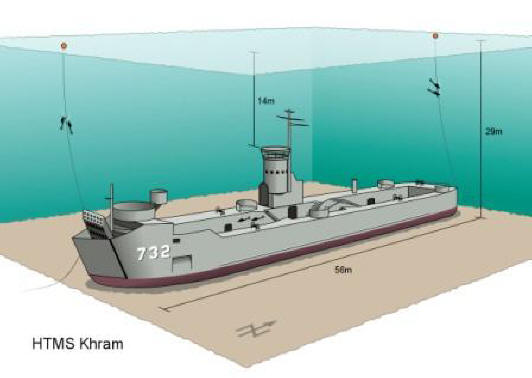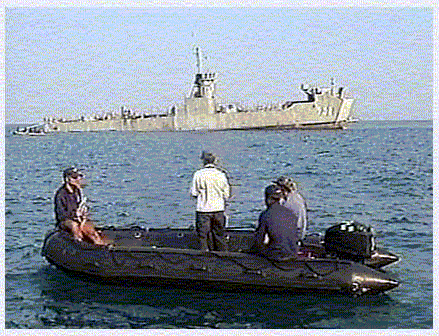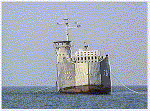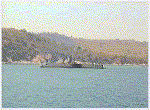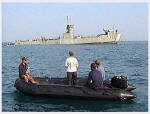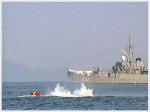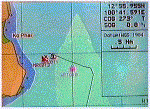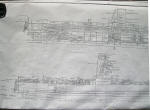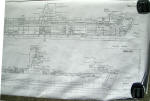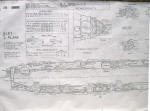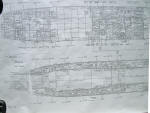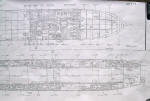THAI NAVY VESSEL 732 (Former USS LSM-469)
Written by Stephen Burton
(Pattaya)
Depth 28meters ; suitable for air, nitrox, technical diving
Computer generated image courtesy of Mr Alex Beuchel, Used with permission
“Down she goes”
Courtesy Bangkok Post Article 1st Feb 2003
The sinking pictures…
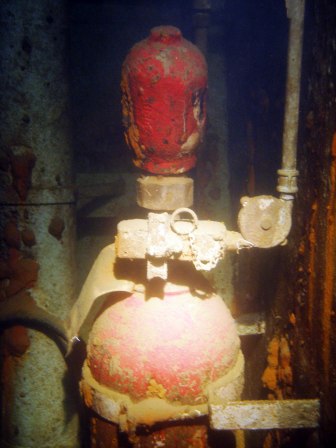

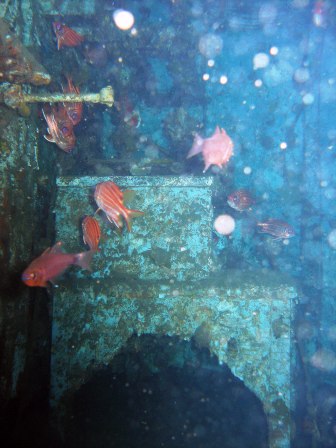
HTMS Khram Wreck Penetration Pictures – Courtesy of Oliver Zaiser Dec 2007
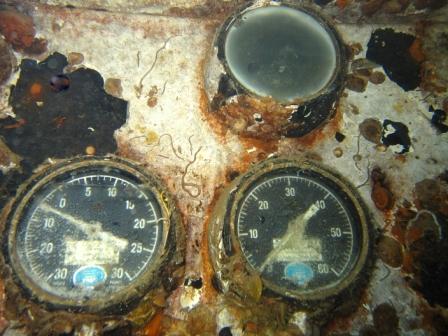
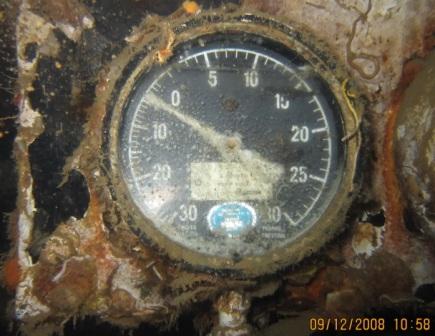
Gauges in the engine room – yes they were still there even in August 2009 – Courtesy of Charlie Frost
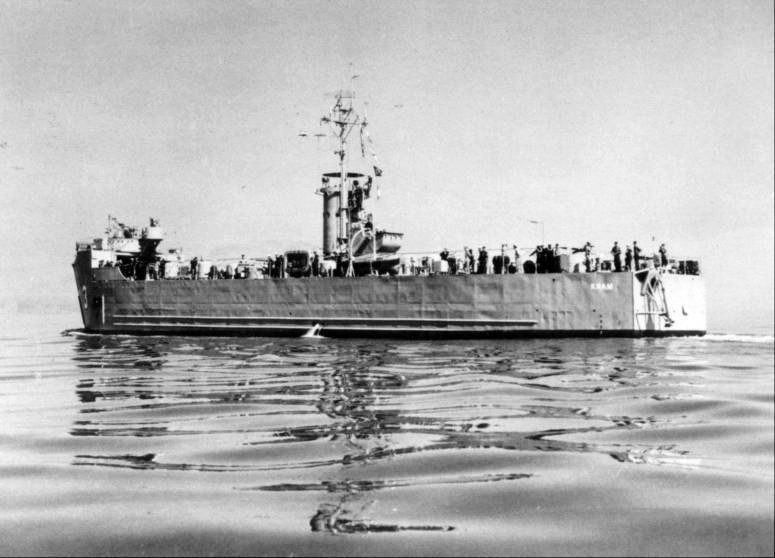
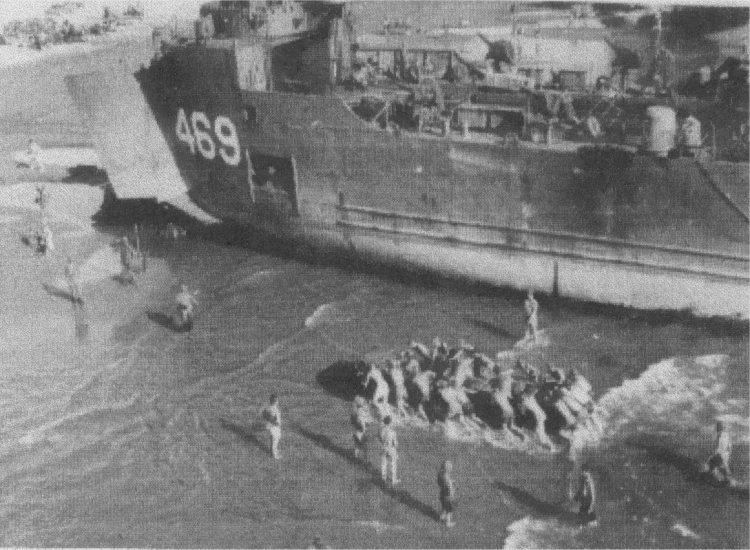
Further information on US Navy Vessels from http://www.navsource.org/
The Thai navy has sunk a decommissioned warship near Koh Phai and Koh Larn islands off Pattaya to turn it into a breeding ground for marine life.
Vice-Admiral Somjai Wattanayothin, chief-of-staff of the Royal Fleet at the Satahip naval base, said the decommissioning of H.T.M.S KHRAM was a navy project to mark His Royal Highness Crown Prince Maha Vajiralongkorn’s 50th birthday.
The United States gave this ship (Former USS LSM-469) renamed HTMS KHRAM to the Thai navy on the 25 May 1962. The ship, now dilapidated beyond repair, has been in use for more than 60 years. It now lies about 300 meters from Koh Phai in 30m of water.
For information on Other ships in the Thai Navy follow this link.
Ships Plans for penetration diving use
Overview
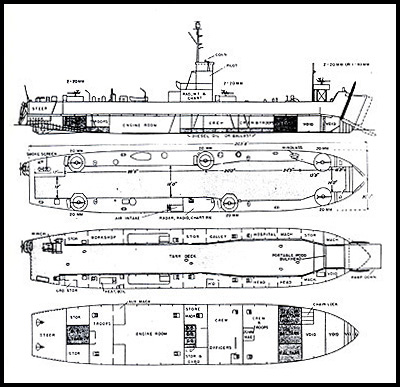
Detailed Shipyard Construction Plans
( Click for Hi-Res 1Mbyte download of each image)
Diving the HTML KHRAM…
Depth to the top of the wreck 15m; depth to the sea bed=30m; visibility 5-15m; Best choice of gas is Nitrox 38
This ship has been well prepared by the Thai Navy as a dive site, and is free from armaments, oil and most hazards to divers. Large holes have been cut in many areas and penetration dives through the ships passageways rarely takes the diver out of natural light. Care should be taken with a few of the rooms though, as big steel watertight doors are still fitted to the ammo storage rooms, and may be closed and locked shut easily with an unsuspected diver still inside.
The Bridge/Radio room
This is the highest are of the wreck. It is possible to stand on the bridge at 15m depth. all the glass has been taken out of the windows (sadly the portholes have gone too, sigh!) telegraph, steering mechanism, and any bits that may be used as spare parts have gone. Entry into the bridge area is simple and safe. A few new divers will probably have there certification cards presented to them in this room.
Deck Area and side passageways
The ship was made for carrying tanks, troops and equipment to a beach head, so the center of the boat is a large flat area with built up sides. There are several points of entry into the well lit side corridors, don’t kick up the silt in them though as you swim through, else a complete silt out will occur.
Engine room
Located aft, entry via a large access hole in the middle of the load deck. again, great natural light in this area (unlike most engine rooms) Both main engines have been removed (probably to use a spare for her Thai Navy sister ship HMS Kut). This is a great tech diving classroom, with pipes gauges and dials everywhere, though who knows how long they’ll stay. Again, careful with silt in this are, as it’s possible to get trapped under overhanging ledges going far under the deck.
The dive site is marked by 2 buoys at each end of the wreck.
